Ecuador is certainly beautiful but the presence of oil companies and globalization is spreading like a virus. Indigenous natives, like the Quichua (also spelled Kichwa), continue to carry out the traditions of their ancestors, but since the early part of the twenty-first century, modern conveniences and pleasures have entered their homes and minds. Upon visiting one family of fifty-plus people, there was not only an authentic hut but the family’s primary home with a satellite dish attached to the roof. Elders are eager to keep traditions alive, including shamanic practices, while some of the younger generations have been memorized to a certain degree by the modern world like a child’s first piece of candy. But as we know, candy is not good for you and should only be enjoyed (if at all) in moderation. Hopefully, enough will ensure that the cultural practices of the Quichua continues to live on. Time will tell.
Fighting for Access
Ecuador is a small but heavily bio-diverse country located on the west side of South America. Traveling around the country proposes challenges for those with limited mobility as accessibility only began to be implemented during the 2007-2013 term of Vice President Lenín Moreno, a paraplegic. Such improvements included some accessible ramps to sidewalks and major attractions, accessible restrooms at selected gas stations, and CONADIS, a government program that provides aid and resources to Ecuadorians with visual, cognitive, hearing, or physical limitations. The main goal of CONADIS is to rehabilitate Ecuadorians and give them the tools to be active and contributing members of society.
CONADIS is an enormous step toward creating equal access but many barriers still exist. For one, there is no accessible transportation. The buses do not have lifts and taxi cabs, although they will serve everyone, and do not have any special adaptions. Taxis are, of course, a very expensive way to travel but in some cases, it may be your only option if you cannot climb the steep stairs to a bus or have an able companion to carry you. Renting a car is also an option but navigating can be difficult due to frequent poor road conditions and lack of directional signs. Plus, there are no adapted vehicles for rent.
Touring Ecuador
If you cannot stand or walk a little bit and require the use of a wheelchair or some other mobility equipment the best option is to tour Ecuador with an organized tour. The one in Ecuador that specializes in adapted tours is Ecuador for All, and this company has come up with a very creative way to experience Ecuador with limited mobility. Even with the tour, it is a good idea to have a companion traveling with you that can assist you in transferring (if needed) and up steps. Despite Ecuador’s progress in accessibility, accessibility to stores and eateries is almost non-existent, so assistance into them is almost always necessary, especially outside of Quito. This equates to a lot of lifting so if using a wheelchair then a manual is a must—leave the scooter or power chair at home. The meals coordinated by the tour are at locations that are generally more on the accessible side but access still varies and this includes restrooms.
Challenges to traveling to Ecuador with a wheelchair or other limited mobility certainly exist but more and more companies are responding to the demand, kindly organized and exposed by Ecuador for All. Accessibility continues to grow but slowly. More and more locals with limited mobility are creating change through politics. Besides the ex-vice president, one such person is Alfonso Morales who is responsible for accessibility in the town of Bañosde Agua Santa. He also owns a wheelchair friendly hostel with his mother, which has accessible guestrooms and an unforgettable view.
Accessible Toilets
Accessible restrooms are very few and far between. The most accessible ones are found at certain gas stations as previously stated. The gasoline business is controlled by the government and though there are a number of brands, PetroEcuador was one of the most reliable. However, there was never any toilet paper and occasionally the seat would be stolen. Sometimes there would be one for men and one for women other times unisex. Regardless, such restrooms included a ramp to the door, grab bars, and a roll-up sink. The toilets never seemed to have any height modifications. It was also rare to find a hotel or restaurant while out and about with an accessible restroom or at least one large enough to fit a manual wheelchair, so forget about grab-bars or any other modifications.
Finding accessible restrooms is one challenge when traveling around Ecuador, and the infrastructure itself may also be problematic for some. For instance, sidewalk ramps or curb cutouts are likely non-existent except for a few towns and the city of Quito, and yet such modifications are only in centrally specific areas. Ecuador for All has the county mapped out and knows exactly what towns are better than others based upon pedestrian navigation with limited mobility. Some of these towns include parts of Baños de Agua Santa and Otavalo. Cobblestones were common everywhere and caution is recommended while navigating. Occasionally sidewalks would become too narrow or not passable. If safe, streets provided a much smoother alternative but again use extreme caution. Other times the street is cobblestone. Riding in a vehicle over many such bumpy cobblestone streets and other various unpaved surfaces could be too physically rattling for some travelers with limited mobility.
Additional Information
- Ramps: Although some areas as detailed above have ramps, the steepness is not regulated.
- Parking: Handicapped parking in the city of Quito is primarily where you see handicapped parking and often at popular tourist attractions. In smaller towns, it is all-street parking. When you park in a handicapped spot you are supposed to have a handicapped sticker on the vehicle, which locals obtain through CONADIS, but this law is rarely enforced, especially if you have somewhat of an obvious handicap or no one sees. There are also separate parking spaces for pregnant women.
- Galápagos Islands: One of the biggest attractions of traveling to Ecuador is the Galapagos Islands. The plane flight from Quito or Guayaquil to the Island can be either thirty-five minutes or a little over an hour depending on what airport you fly into. If coming from Quito the flight often stops at Guayaquil anyway adding at least another three hours to the journey. One airport can be found on Baltra Island and the other is on San Cristobal Island. Plane flights are not cheap for foreigners. In 2014 tickets were easily around $500. The three airlines that fly to the Galapagos Islands daily are TAME Airlines, LAN Airlines, and AEROGAL Airlines. Everything is more expensive on the island compared to most of Ecuador. Park entry fees in 2014 were over $100. Visiting the Galapagos Island is challenging for someone with limited mobility, especially with a wheelchair but Ecuador for All makes it possible for many to explore even Darwin’s playground to some degree.
- Currency: The only currency in Ecuador is the US dollar. This happened in the late 1990s when the US economy was booming and Ecuador’s was not, so the switch was a quick fix to a financial problem. Tipping in Ecuador is extremely rare. Prices, in most cases, are less than what you will find in the United States.
- Weather: Ecuador’s mild weather is a reason why it is a destination people travel to year-round and consists of the coastal, Andes (or highlands), and the Amazon (tropics) regions. The drastic difference in the landscape creates climate variety. A completely cloudless sky is uncommon. However, even during the rainy season, the sun will shine but at some point, during the day a heavy downfall is expected lasting from minutes to hours. For the Andes, there is no dry season. The cloud forest, in particular, in the Andes remains naturally saturated and cool based on altitude. The rainforest in the Amazon also receives constant hydration but there are days, sometimes consecutively when there is no rain but the temperature remains about the same year-round.
- Food: The fruit, of course, is remarkable in Ecuador as vegetation grows year-round so variety is also plentiful. In only some places you could find international food, but in Quito, there was a lot of everything including many of the popular American fast food chains. Furthermore, food in Quito and certain restaurants and hotels were comparable in prices in the US but many other options exist. Traditional Ecuadorian food is delicious. A common meal consists of a soup (my favorite!) followed by the main course of meat, with some kind of starch and vegetables, and a drink. Potatoes, plantains, and yucca are available all over the country but it is more common to find plantains on the coast, potatoes in the highlands, and yucca in the Amazon. Commonly, vagabond musicians will walk right into local restaurants to play a song or two for tips before moving on to the next spot.
- Beverages: It is best not to drink or brush your teeth with tap water, this also includes ice, but you can buy bottled water all over and some eateries offer filtered water. Good coffee can be found in some cafés but it is the juices that are the must-try. Sometimes milk is blended with the juice. Such juices include banana, pineapple, mango, soursop (guanábana), and blackberry. Sometimes you can even find sugar cane juice, which if fresh is tasty and a good boost of energy. Furthermore, it is the law that alcohol cannot be served on Sundays. However, this is most heavily enforced at restaurants and stores whereas some resorts are lenient but most comply.

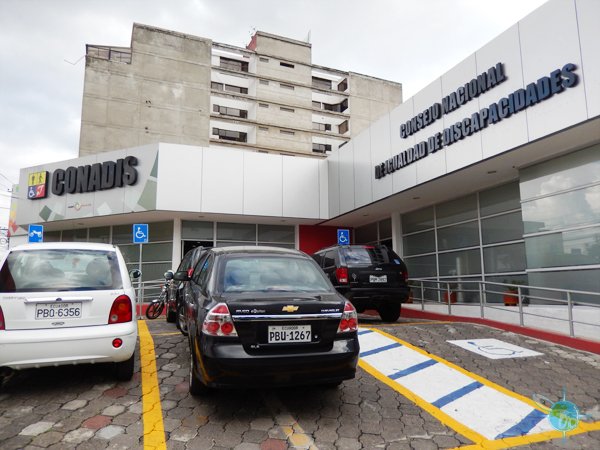
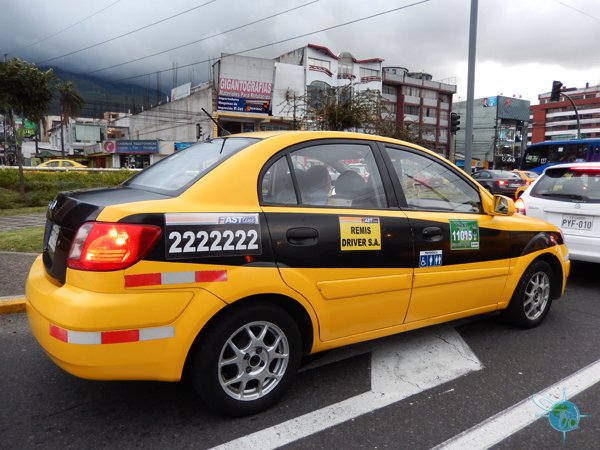


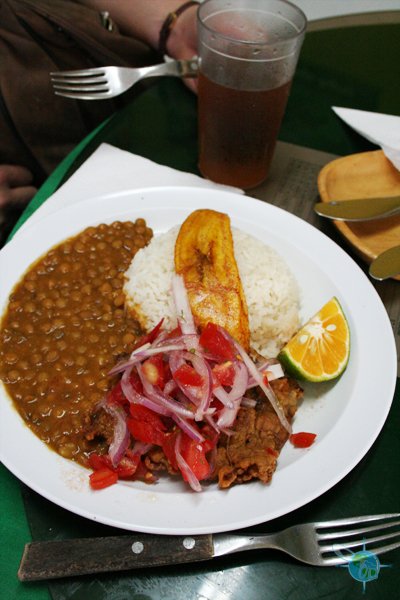
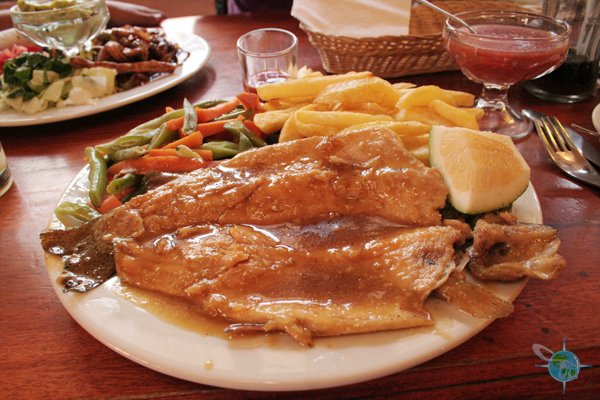
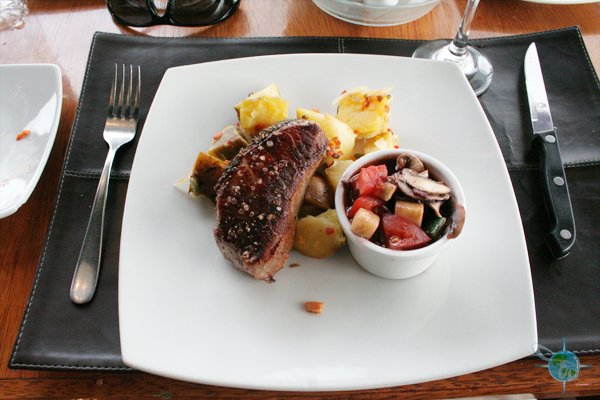
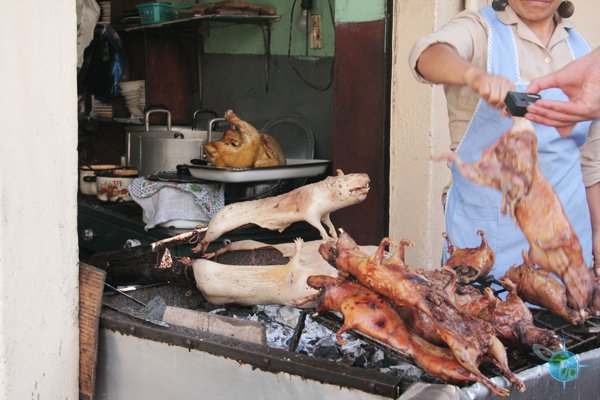
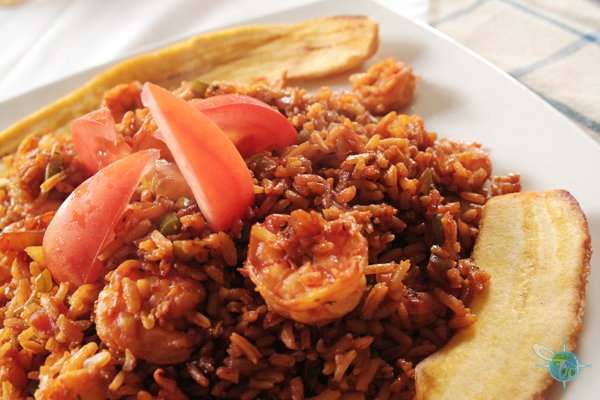
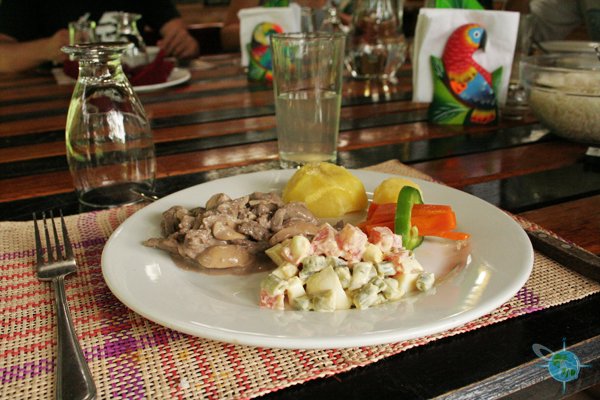

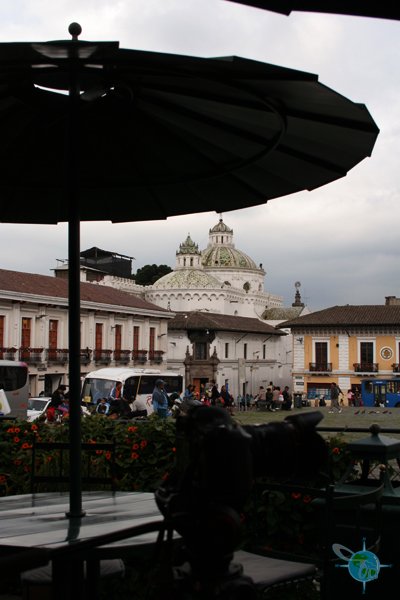
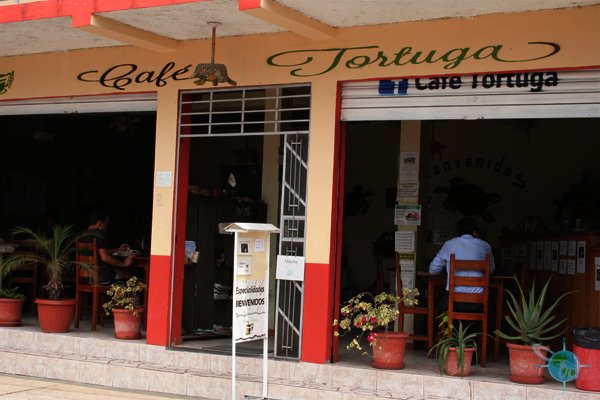
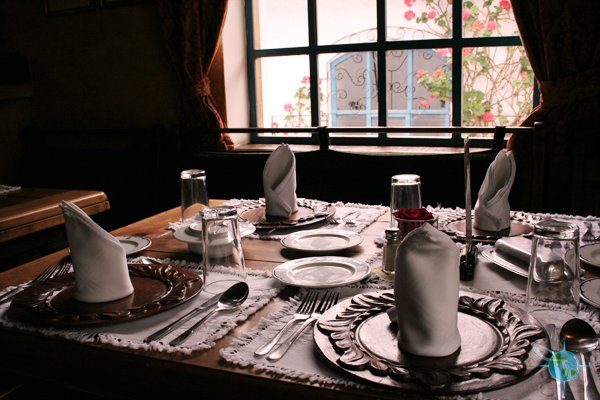
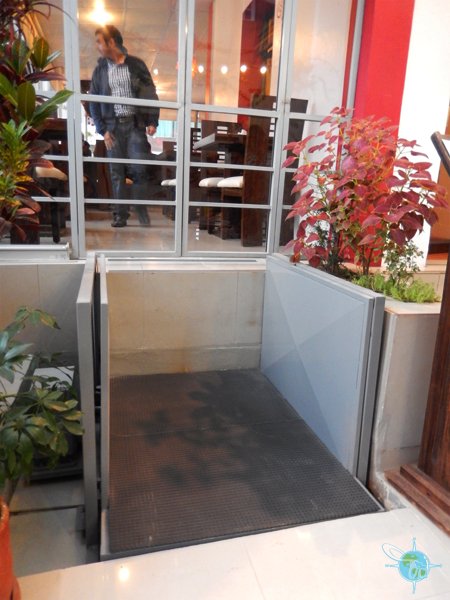
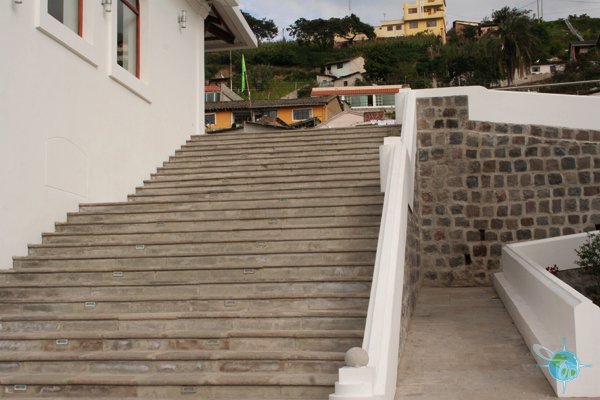
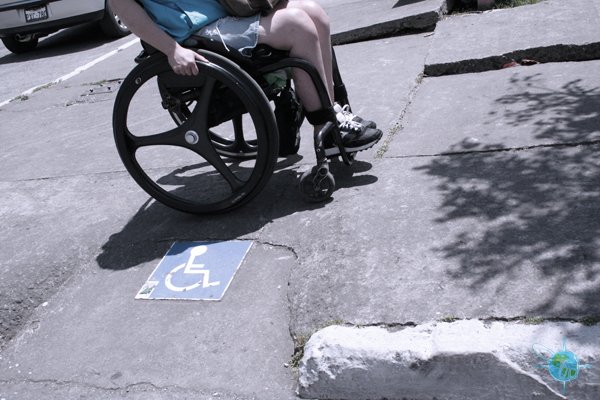
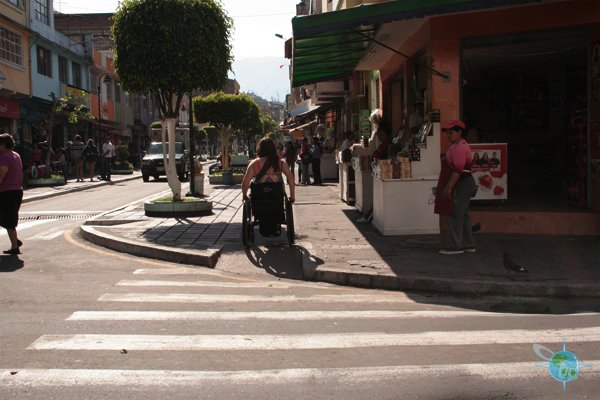
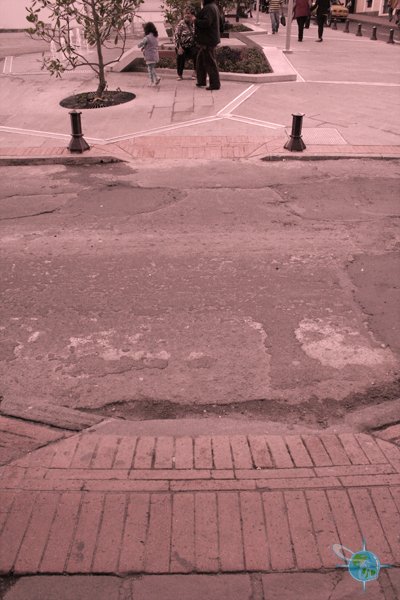
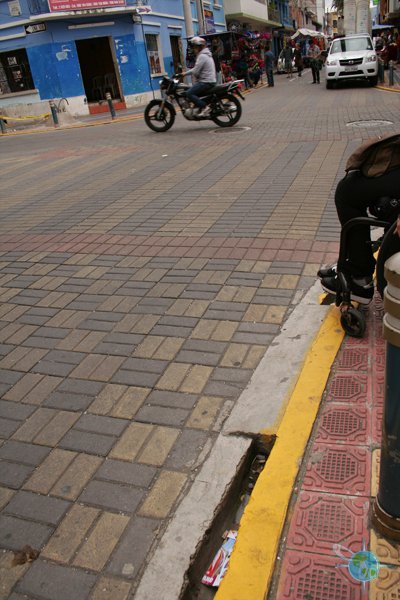
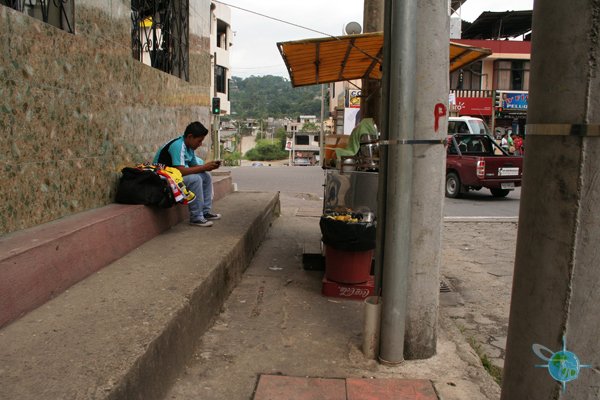
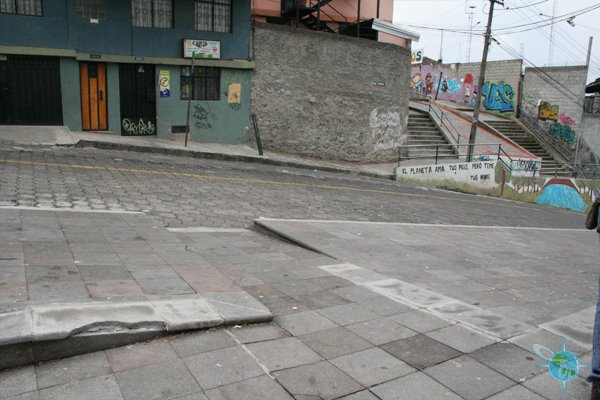
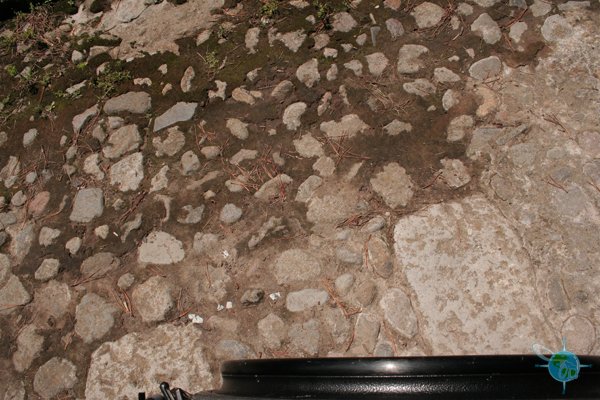
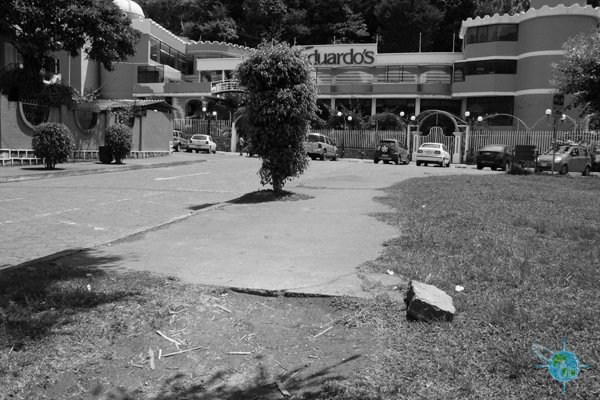
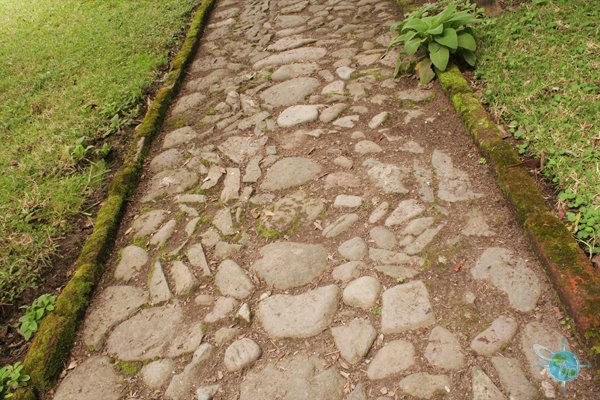
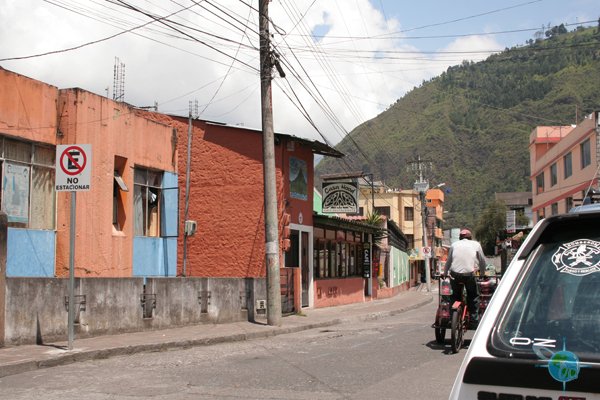
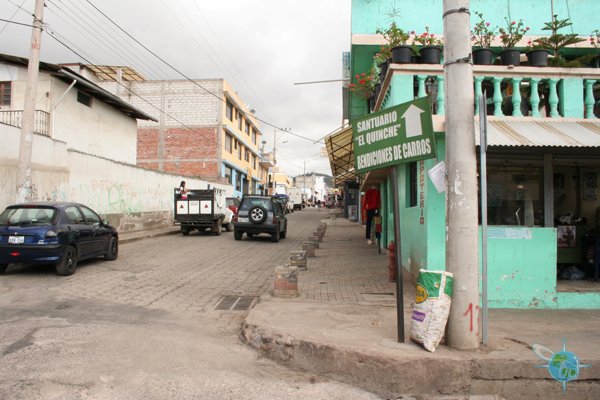
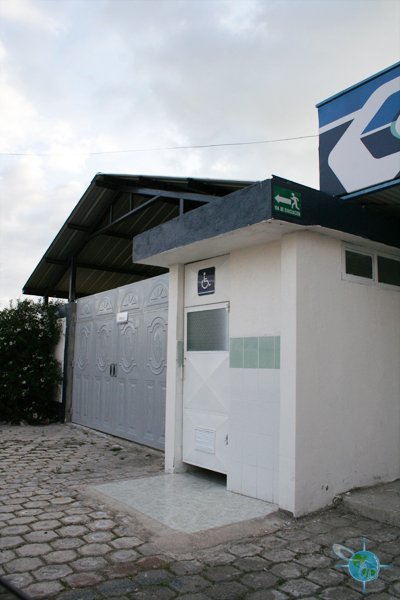
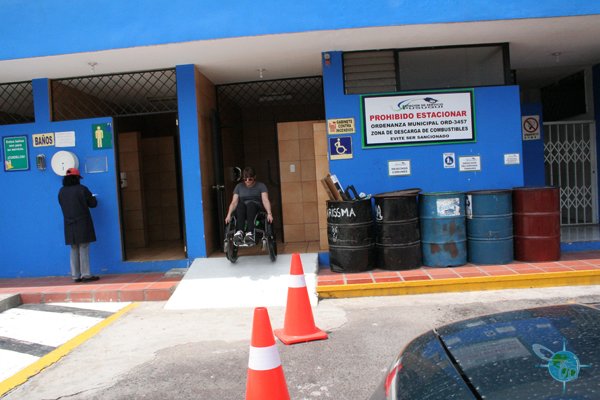

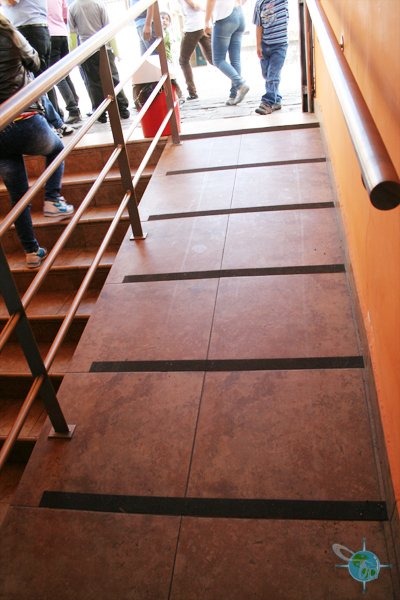
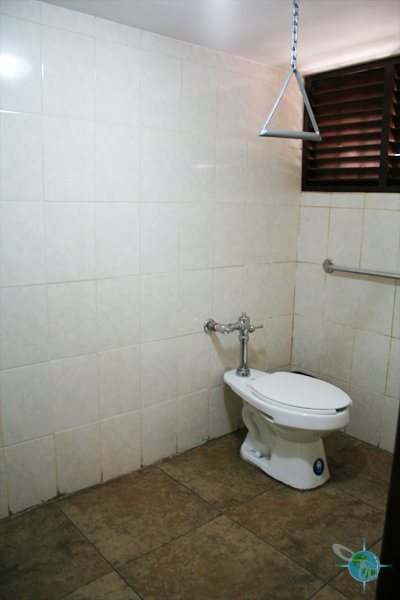
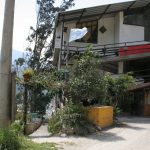
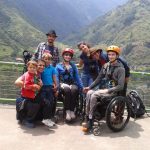
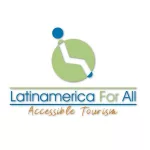

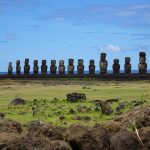

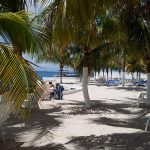

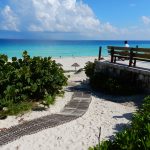
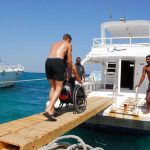





I love your site and I need to ask you about disable cars on the where about I can find information on discount for over 65s disable person, I am finding it hard to get this Information. Can you help plesae.
Regards
Keith
It looks like Ecuador and 3rd world countries in general and many European countries are NOT wheelchair friendly…:-(
Reality check..guess I’ll buy an RV and tour USA for a while…